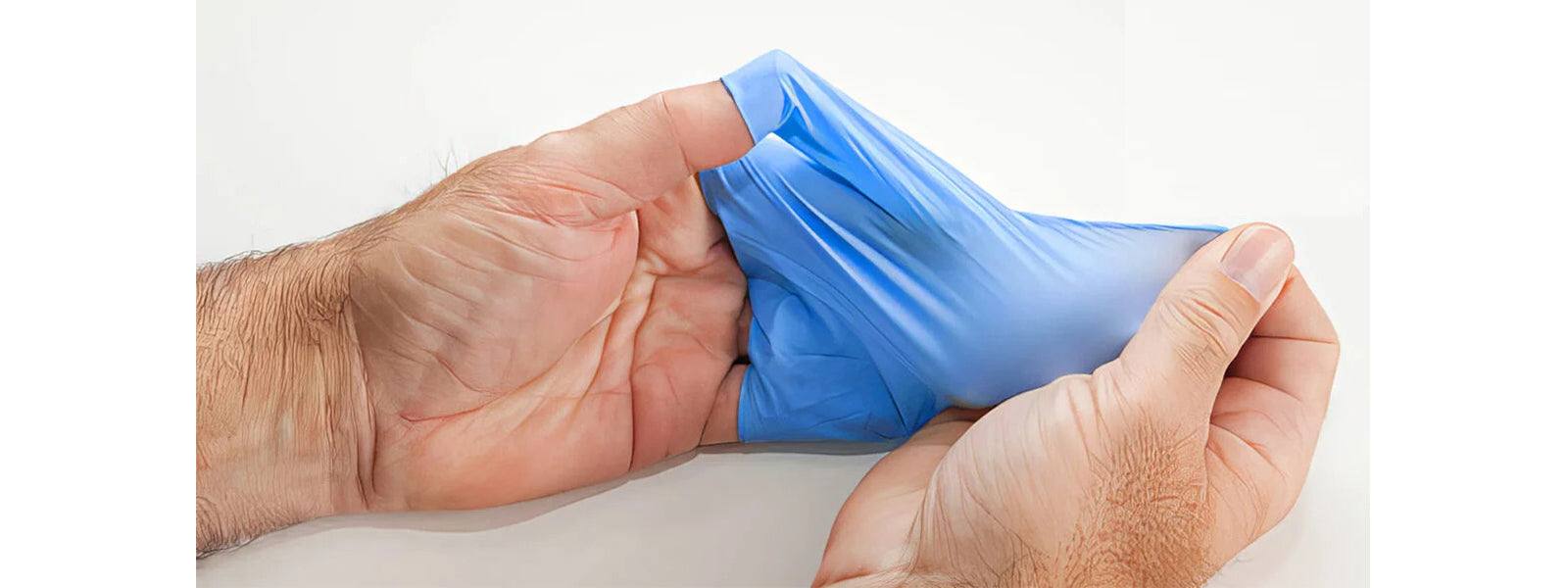
Unveiling the Secret: Why Some Gloves Feel and Perform Better Than Others
In the world of disposable gloves, the differences in feel and performance can be palpable. Whether you're a healthcare professional, a laboratory technician, or working in the food industry, the quest for gloves that feel comfortable and perform effectively is a common pursuit. What sets apart gloves that offer a superior experience from the rest? Let's delve into the factors that contribute to the distinct feel and performance of gloves and unravel the secrets behind this essential piece of personal protective equipment.
Material Matters
The type of material used in glove manufacturing is a fundamental determinant of both feel and performance. The three primary materials - latex, nitrile, and vinyl - each have unique characteristics:
Latex Gloves: Known for their elasticity and comfort, latex gloves offer an excellent fit and tactile sensitivity. However, latex allergies can limit their usage.
Nitrile Gloves: Nitrile gloves provide an excellent alternative, offering high resistance to chemicals, punctures, and tears. They often mimic the feel of latex without the associated allergy concerns.
Vinyl Gloves: Vinyl gloves are cost-effective and suitable for short-term, low-risk tasks. While they lack the elasticity of latex and the chemical resistance of nitrile, they offer a looser fit.
Glove Thickness
The thickness of gloves plays a crucial role in both feel and performance. Thinner gloves generally provide better tactile sensitivity, making them suitable for tasks that require precision. On the other hand, thicker gloves offer enhanced durability and protection, making them ideal for heavy-duty applications.
Texture and Grip
The texture on the surface of gloves greatly influences their grip and overall performance. Micro-textured or textured gloves enhance grip, preventing slippage and ensuring better control, especially in wet or challenging conditions.
Powdered vs. Powder-Free
The presence or absence of powder in gloves affects how they feel and perform. Powdered gloves facilitate easier donning but can cause allergies and contribute to contamination concerns, making powder-free gloves the preferred choice in many settings.
Fit and Sizing
Gloves that are well-fitted contribute significantly to comfort and performance. Manufacturers offer a range of sizes to ensure a snug fit, reducing the likelihood of discomfort or hindrance in hand movement.
Manufacturing Processes
The techniques employed in glove manufacturing also impact their overall quality. Factors such as curing time, compounding, and quality control measures contribute to the consistency and reliability of gloves.
The variance in feel and performance among gloves arises from a combination of factors, from the choice of material and thickness to texture and manufacturing processes. Recognizing the specific demands of your tasks and understanding the properties of different gloves will empower you to make informed choices. Whether you prioritize comfort, durability, or chemical resistance, the world of disposable gloves offers a diverse array of options to suit your needs. As you navigate the realm of disposable gloves, keep in mind that the right choice goes beyond preferences - it's about finding the perfect balance between feel and performance for the tasks at hand.
Leave a comment